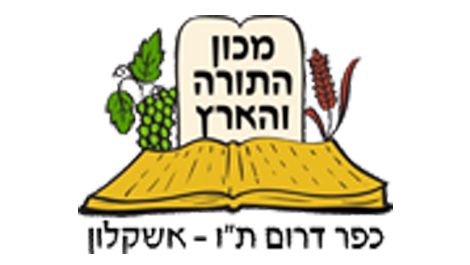Ask the Rabbi
- Halacha
- Meat and Milk
- Separate Dishes
Question
Lets say someone has a salad with feta cheese in a parve bowl and they use a vinegar type dressing. If when they finish the salad there is some leftover some of this vinegar dressing and it stays on the bottom of the bowl for 24 hours, does the parve bowl now become milchig due to the vinegar being a milchig davar charif that was left in the bowl for 24 hours? If not, why?
Answer
Shalom,
Thank you for your question. The laws of absorption of tastes without heat is an interest topic. This is called in halacha “cavush” (literally “pickling” things). For example. If one put different foods in a jar of water, or other liquid, and left them there to soak, the foods would transfer their tastes, (and any halachic status they have) through the act of “pickling” that occurs when things are left to soak together. The laws of this subject are both intricate and subject to much debate. (See Shulchan Aruch, Yoreh Deah 105).
The case you are talking about, first of all, is to do with milk and meat. The Talmud states that because the Torah forbids “boiling” a kid in it’s mother’s milk, only “cooking” is forbidden by the Torah, but “cavush” (soaking) milk and meat together is only forbidden Rabbinically. So, that is the first point to make here – we are only talking about a Rabbinic level prohibition.
Next, your question deals with the question of a bowl absorbs taste via “cavush” of milk (or meat) products inside it – as opposed to the more regular “cavush” issue of two foods soaked together. This is a matter of debate – Some opinions hold that taste does get absorbed into a vessel through soaking (Shach and others). Others believe that only a “skin” (“klipah”) of the bowl would absorb taste (Taz). Some believe this is only true in a wooden or earthen vessel, but not a metal or glass one (Plati). Bottem line halacha tends to try to be strict if possible, and we try not to store milk or meat liquids (for more than 24hours) in a vessel that we do not want the taste to be absorbed into (a parve vessel or obviously a meat or milk vessel for the opposite type of food).
[However, even if the vessel does adsorb the taste due to “cavush” (according to the different opinions), in the case of your salad bowl above, in practical terms I am not sure how much of a difference this will make – as a salad bowl will generally be used for only cold parve or milk salad. One can certainly use the salad bowl for a cold parve salad, even at a meat meal.]
Now we can approach your question about “charif” or “sharp” foods. When the pickling agent (the liquid) is something “charif” such as vinegar, the time it takes to “pickle” the taste is much quicker than with regular liquids. Normally we talk in terms of “cavush” taking 24 hours. But with “charif” liquids, the time is much quicker – a matter of several minuets.
So, to answer your question. If some cheese was left soaking in a liquid in a bowl, the milk taste would be absorbed into the bowl. If the liquid is “charif” this would happen quite quickly, and if the liquid was not charif, it would take 24hours. Depending on what the bowl was made from, the bowl would now be considered as a “milk” bowl. Concerning how to kosher such a bowl, and also concerning using such a bowl for parve foods – we would decide depending on the details of each case.
Blessings.

More about chalavi and besari dishes in the same dishwasher
Rabbi David Sperling | Sivan 8, 5780

Using dairy and meat equipment
Rabbi Yoel Lieberman | Tishrei 4, 5774

Glass Plates for Pesach?
Rabbi David Sperling | Adar II 24, 5784





